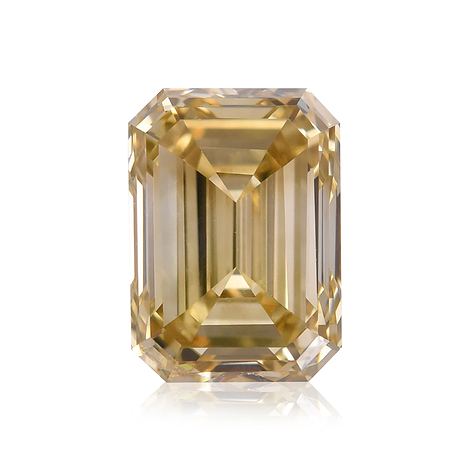When you think of diamonds, the last thing you want to associate them with is the flat, glazed look of a long dead fish. Unfortunately, some poorly cut diamonds can exhibit a characteristic known as a “fish-eye effect” that means instead of a fiery sparkle, they have a dull grey ring at their center.
At first glance, this dullness can be mistaken for a grey inclusion, but unfortunately this “inclusion” isn’t even part of the stone. It’s actually a reflection of the girdle (the thin perimeter of a stone that divides the upper part of the diamond from the lower or the crown from the pavilion) and is seen inside the table (the flat surface on the top of the stone).
The effect is most apparent in diamonds with a large table, a shallow pavilion or a thick, unpolished girdle. A stone that has all three elements in combination will have a clear fish eye and we more often than not you might be wise to release it back into the sea!
That’s not to say you should dismiss all stones that exhibit the fish-eye phenomenon. Some stones have to be tilted a few degrees before the grey spot appears. This means that while they might have taken a hit in value (similar to diamonds with noticeable inclusions), you will get more diamond bang for your buck if you opt for one of these stones. Also, there are some that are admired far more for other attributes such as the color. The polisher might actually cut the stone in a way that although it will show a fish-eye it will also best display the color of the stone.
Although the fish-eye phenomenon is most commonly seen in round diamonds – owing to the angles of the cut – even fancy shapes that have not been cut optimally can suffer from the effect.
One more thing, and this point is important. Anyone in the market for diamonds should know that as like brilliance and fire, the fish-eye will not necessarily be noted on a grading report. While a diamond may seem like the perfect stone on paper, it’s best to examine it in person – looking at it from a variety of angles under different lighting scenarios – before reeling it in.














